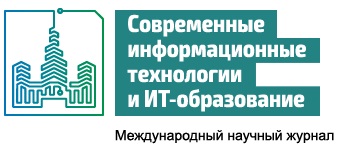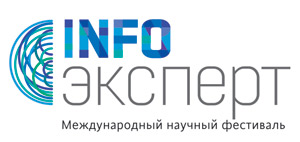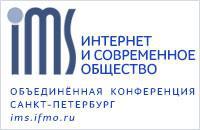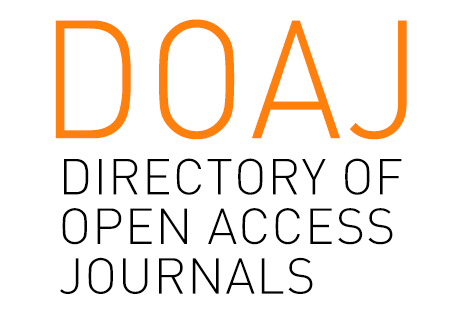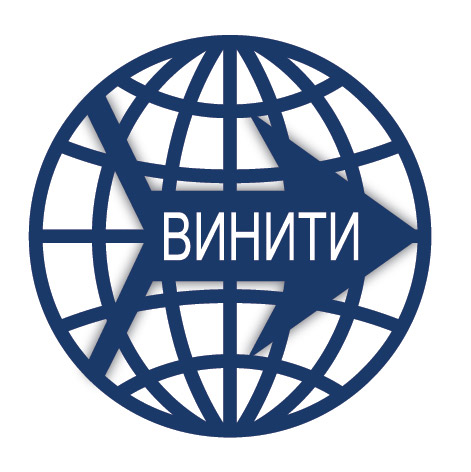Цифровые технологии Wolfram Demonstration Project при изучении портфельной теории в высшей экономической школе
Аннотация
В статье обоснована значимость портфельной теории для развития современной профессиональной компетентности экономиста, указано на востребованность цифровых инструментальных средств для принятия финансовых решений и необходимость в поиске путей совершенствования учебного процесса на основе использования цифровых инструментальных средств. В рамках исследования выделены содержательно-методические особенности портфельной теории для методически целесообразного использования Wolfram-технологий в учебном процессе по теме "Портфельная теория". К таким особенностям относятся: привлечение реальных финансовых данных для построения моделей портфелей; построение и визуализация различных портфелей финансовых инструментов (допустимые портфели, оптимальные портфели, равновзвешенные портфели, диверсифицированные портфели и др.); потребность в отслеживании динамики характеристик портфеля финансовых инструментов; востребованность компетенций в области теории инвестиций и финансов для изучения портфельной теории; раскрытие понятия "Оптимальный портфель финансовых инструментов" с учётом достижений современной финансовой науки; связь портфельной теории с вопросами инвестиционной философии и инвестиционной стратегии; направленность на развитие целостных представлений студентов о процессе управления портфелем; развитие представлений студентов о критериальном оценивании финансовых инструментов и портфелей финансовых инструментов; значительное количество частных случаев, возникающих в процессе построения и исследования портфелей финансовых инструментов. С учётом дидактических потребностей и вычислительных возможностей Wolfram Demonstration Project, а также возможностей по визуализации объектов, разработаны новые прикладные задачи: задача на построение и визуализацию множества всевозможных портфелей, определяемых количественными характеристиками тридцати предварительно отобранных финансовых инструментов (котировки которых получены с финансового портала); задача построения и визуализации равновзвешенного портфеля, количественные характеристики которого определяются по реальным данным, получаемым с финансового портала; задача определения эффективной границы множества портфелей по реальным данным, получаемым с финансового портала; задача построения линия рынка капитала, получаемой по реальным данным с финансового портала и задача представления и анализа траектории развития портфеля из двух финансовых инструментов в зависимости от корреляции их доходностей. Результаты опытно-экспериментальной работы по внедрению Wolfram-технологий в учебный процесс свидетельствуют о их высоком дидактическом потенциале – так, рассмотрение указанных задач на основе реальных финансовых данных, без привлечения цифровых технологий, не представляется возможным. Каждой прикладной задаче в процессе исследования поставлены в соответствие ожидаемый результат и его методическая значимость в контексте развития профессиональной компетентности в области принятия оптимальных финансовых решений. Материал статьи может быть полезен для совершенствования профессиональной подготовки выпускников высшей экономической школы.

Это произведение доступно по лицензии Creative Commons «Attribution» («Атрибуция») 4.0 Всемирная.
Редакционная политика журнала основывается на традиционных этических принципах российской научной периодики и строится с учетом этических норм работы редакторов и издателей, закрепленных в Кодексе поведения и руководящих принципах наилучшей практики для редактора журнала (Code of Conduct and Best Practice Guidelines for Journal Editors) и Кодексе поведения для издателя журнала (Code of Conduct for Journal Publishers), разработанных Комитетом по публикационной этике - Committee on Publication Ethics (COPE). В процессе издательской деятельности редколлегия журнала руководствуется международными правилами охраны авторского права, нормами действующего законодательства РФ, международными издательскими стандартами и обязательной ссылке на первоисточник.
Журнал позволяет авторам сохранять авторское право без ограничений. Журнал позволяет авторам сохранить права на публикацию без ограничений.
Издательская политика в области авторского права и архивирования определяются «зеленым цветом» в базе данных SHERPA/RoMEO.
Все статьи распространяются на условиях лицензии Creative Commons «Attribution» («Атрибуция») 4.0 Всемирная, которая позволяет другим использовать, распространять, дополнять эту работу с обязательной ссылкой на оригинальную работу и публикацию в этом журналe.
